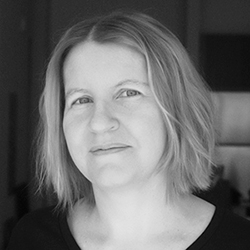|
|
| Download this palette |
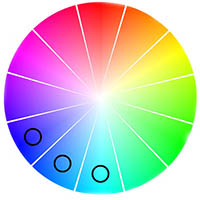
Similar named colors

Complement named colors

Similar monochromatic colors
Similar colors are located near each other on the color wheel. There are many more unnamed than named colors. Below are monochromatic colors similar to the base color you have chosen, ranked by brightness.
Complement monochromatic colors
Complement colors are located opposite each other on the color wheel. There are many more unnamed than named colors. Below are monochromatic unnamed colors that are complementary to the base color you have chosen, ranked by brightness.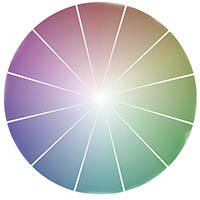
Saturated and desaturated colors
Below are colors similar to the base color you have chosen, ranked from saturated to desaturated. Desaturated colors are those in which the R, G, and B values are flatter and closer to a gray tone. A perfectly desaturated color has equal values for each of R, G, and B and would be a shade of gray. White and black are also perfectly desaturated colors.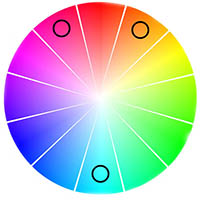
Split complement colors
A split complementary scheme involves three colors: the original color and the two colors on either side of the complement color. The result is a softer set of colors, less jarring than the complement.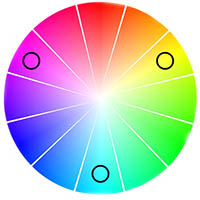
Triad colors
A triadic color scheme is made of three colors evenly spaced on the color wheel. Examples of triadic palettes are the red, blue, and green primary colors and the orange, green-cyan, and magenta-blue secondary colors.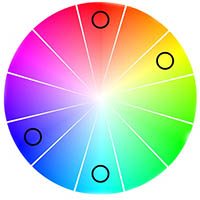
Tetrad colors
A tetrad is a color scheme with equal distance between all colors on the color wheel. All four colors are distributed evenly so there is no clear dominance of one color.
Analogous colors
Analogous colors are located next to each other on the on the color wheel. Below are unnamed colors that are analogous to the base color you have chosen.
